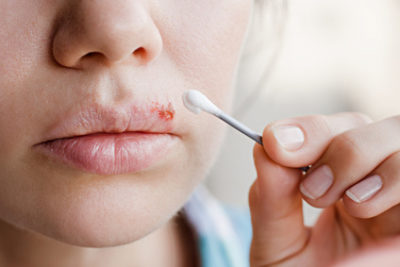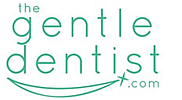 The small puss-filled blisters that appear on the internal lining of the oral cavity, nostrils, and lips are called cold sores. This oral condition is itself not a disease, but a major symptom of herpes simplex type 1. In some cases, it highlights herpes simplex types 2 as well. In the US, roughly 50-80 percent adult population is suffering from oral herpes. All these herpes patients are automatically susceptible to cold sores.
The small puss-filled blisters that appear on the internal lining of the oral cavity, nostrils, and lips are called cold sores. This oral condition is itself not a disease, but a major symptom of herpes simplex type 1. In some cases, it highlights herpes simplex types 2 as well. In the US, roughly 50-80 percent adult population is suffering from oral herpes. All these herpes patients are automatically susceptible to cold sores.
Causes of cold sore formation
As mentioned earlier, herpes virus is the main reason for the development of these itchy painful oral blisters. It is important to mention that cold sores don’t just appear as herpes virus enters the affected person’s body. In most of the cases, the virus remains dormant and only gets triggered when the body undergoes a noticeable physiological change such as muscle fatigue or an injury.
Telling apart cold sores and canker sores
In some instances, it becomes difficult to differentiate cold sores and canker sores at their onset. Since cold sores are a symptom of another disease, therefore several factors help in identifying if the given condition is cold sores or canker sores.
- Cold sores are often larger in size in comparison to canker sores and also contain puss.
- The formation of cold sores is often accompanied by swelled lips, sore throat, swallowing difficulties and bloated glands. In some cases, high fever, dehydration, nausea, and headache also affect the people suffering from cold sores or herpes.
- Cold sores outbreak is an extremely contagious condition.
Developmental stages of cold sores
There are multiple stages of cold sore maturation
- A burning and itching sensation in and around the mouth is usually the first indication of a cold sore It is followed by the development of fluid-filled sores that usually appear on the periphery of the lower lip.
- The sores eventually erupt and result in puss discharge
- A yellow crust is formed and gradually erodes leaving inflamed skin exposed, which gets self-healed without leaving scars.
The whole developmental phase of cold sores takes nearly two weeks.
Diagnosing cold sores
For people experiencing cold sores for the first time, physicians usually employ two methods to verify whether the condition is a symptom of herpes.
- Blood testing of the affected individual to identify herpes virus
- Culture testing of the fluid scrapped from the blister
Cold sore treatment
Like canker sores, cold sores also disappear within a week or two due to the body’s self-healing process. Nevertheless, different medical treatments are employed in order to alleviate the inconvenience and irritation caused by the condition.
Over-the-counter and prescribed antiviral medications are often used to cut down the span of recurrent cold sores. OTC antiviral products usually come in the form of ointments and applied on the sores for 4-5 times a day for better results. Physicians also recommend painkillers in cases where patients are suffering from severe burning and itching.
Avoiding direct contact with the people suffering from cold sores is a must-taken preventive measure. To know more about the condition and treatment of cold sores, get in contact with The Gentle Dentist. Give us a call today to schedule an appointment, and see just how caring your dentistry can be, at (586) 247-3500!
